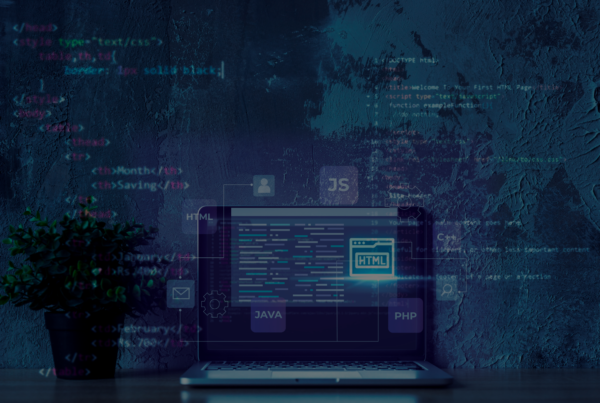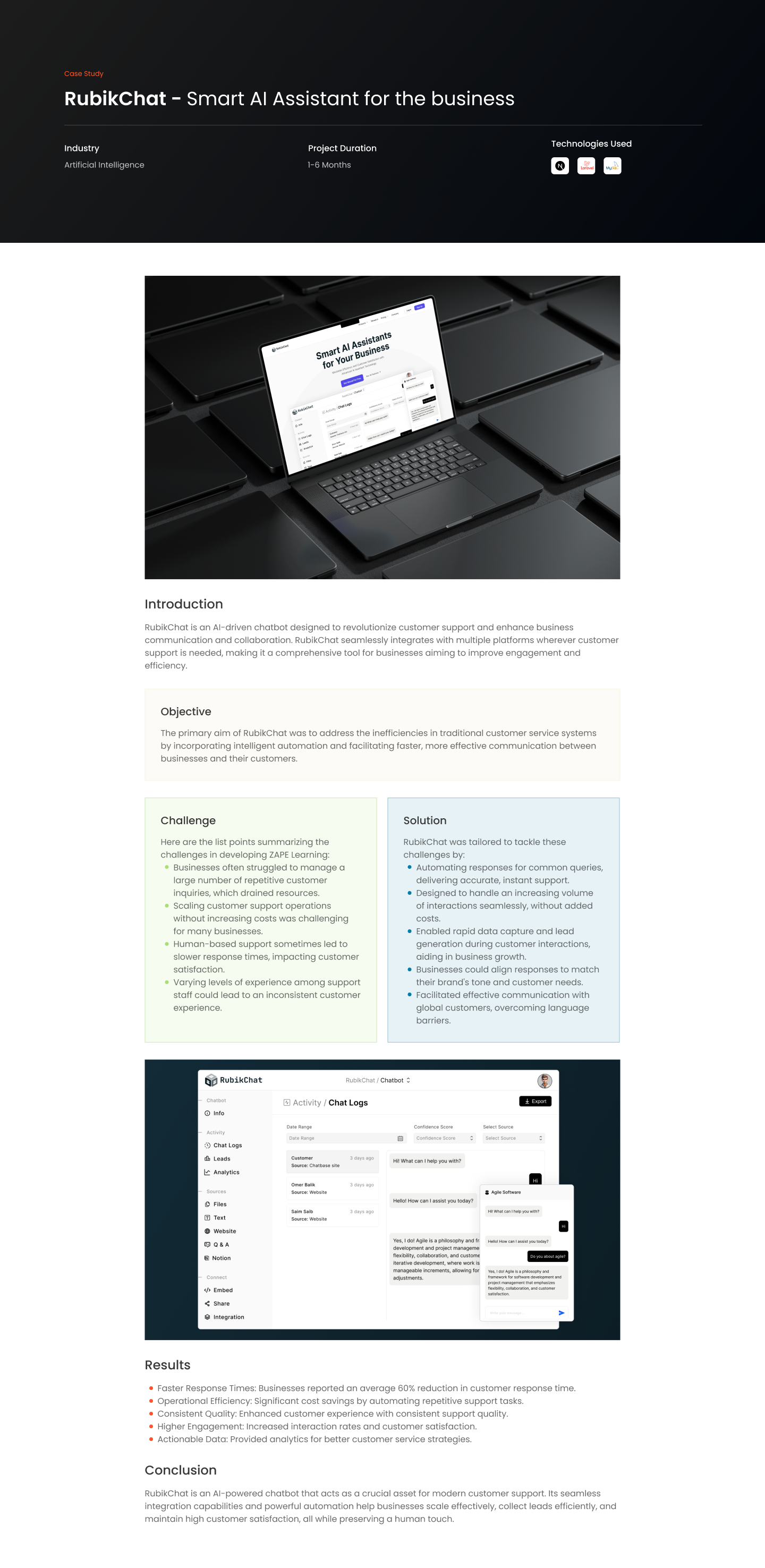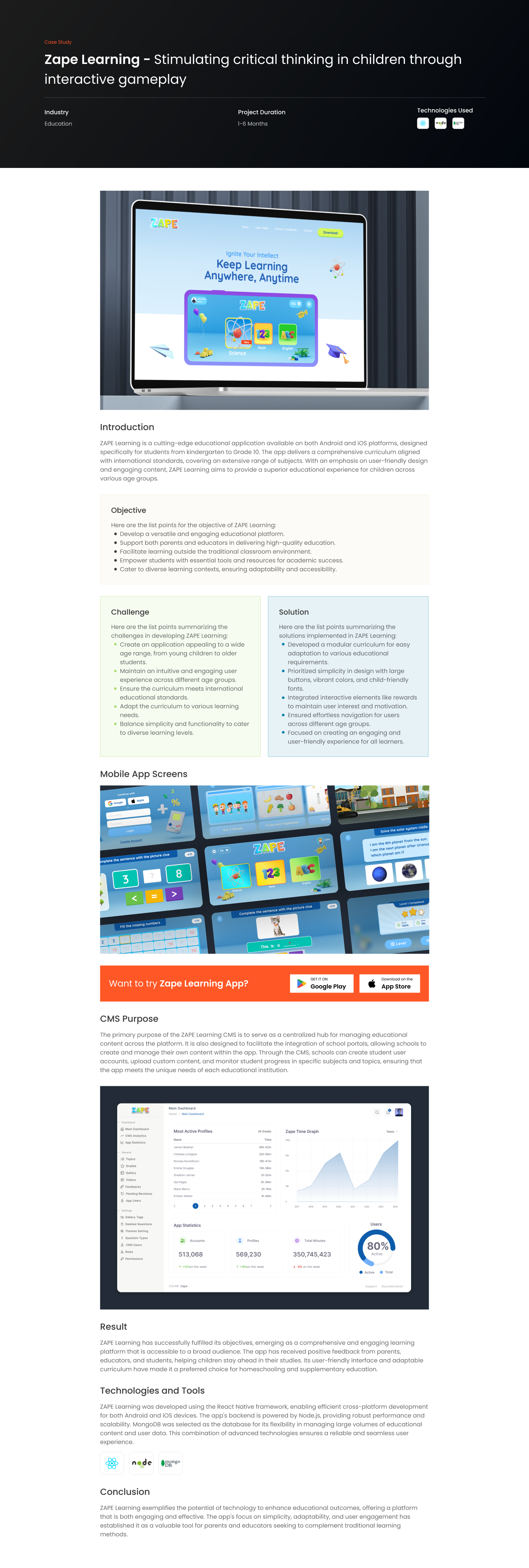In the realm of database management systems, two major contenders have emerged to address the diverse needs of modern applications: relational databases and NoSQL databases. Each type comes with its own strengths and weaknesses, tailored to specific use cases. In this blog post, we’ll delve into a detailed comparison of these databases, exploring their pros and cons.
Relational Databases:
Relational databases are the traditional and most widely used type of databases. They organize data into tables with rows and columns, where each row represents a record and each column represents a specific attribute or field. These databases follow the principles of the relational model, proposed by Edgar F. Codd in the 1970s.
Pros:
- Structured Data Management: Relational databases excel in handling structured data. They enforce a predefined schema, ensuring data consistency and organization.
- ACID Compliance: The ACID properties—Atomicity, Consistency, Isolation, and Durability—are fundamental to relational databases. These properties guarantee reliable transaction processing and data integrity.
- Data Normalization: Relational databases support data normalization, reducing redundancy and ensuring efficient data storage. This, in turn, improves data consistency and reduces the likelihood of anomalies.
- Powerful Querying Language (SQL): SQL, the standardized querying language for relational databases, allows for sophisticated and efficient querying of data. It enables complex operations, joins, and transactions, making data retrieval and manipulation easier.
- Transaction Support: Relational databases provide robust support for transactions, crucial for applications where data consistency is paramount, such as financial systems.
Cons:
- Scalability Challenges: Scaling relational databases can be complex, especially in a distributed environment. Vertical scaling (upgrading hardware) has its limits, and horizontal scaling (adding more servers) can introduce challenges in maintaining data consistency.
- Performance Degradation: As the dataset grows or complex queries are executed, performance can degrade. Joins and complex operations can strain the database, impacting responsiveness.
- Schema Modifications: Modifying the database schema, especially in large, production environments, can be time-consuming and require careful planning to avoid downtime or data loss.
NoSQL Databases:
NoSQL (Not Only SQL) databases are a newer breed of databases that emerged to address limitations of traditional relational databases, particularly in handling unstructured, semi-structured, or large-scale data. NoSQL databases offer more flexibility in data models and are designed to scale easily across distributed systems.
Pros:
- Schema Flexibility: NoSQL databases offer schema flexibility, allowing the storage of various data types and structures. This makes them ideal for handling semi-structured or unstructured data.
- Scalability and Performance: NoSQL databases are designed for seamless scalability, both vertically and horizontally. They can handle high volumes of traffic and data, making them suitable for large-scale applications and big data scenarios.
- Quick and Easy Development: The schema-less or schema-flexible nature of NoSQL databases simplifies the development process. Developers can adapt the data model as needed, speeding up application development.
- High Performance for Specific Use Cases: NoSQL databases, depending on the type (e.g., document-oriented, key-value, column-family), offer high performance for specific use cases, such as real-time analytics or high-velocity data processing.
Cons:
- Eventual Consistency: NoSQL databases often prioritize performance over strict consistency. They may embrace an eventual consistency model, potentially leading to situations where read operations might not reflect the most recent writes immediately.
- Limited Querying Capabilities: Some NoSQL databases have limited querying capabilities compared to SQL in relational databases. This can make complex querying and ad-hoc analysis more challenging.
- Learning Curve: Developers accustomed to relational databases may face a learning curve when transitioning to NoSQL. Understanding the different data models and query languages is essential for effective utilization.
In conclusion, the choice between relational and NoSQL databases depends on the specific requirements of the application. Relational databases shine in structured data management and complex querying, ensuring ACID compliance. On the other hand, NoSQL databases excel in scalability, flexibility, and performance, catering to diverse and high-velocity data needs. Often, a hybrid approach is employed to leverage the strengths of both paradigms and provide optimal solutions for various application requirements.











